What Are the Features of Tungsten Alloy Shielding Cans?
- Details
- Category: Tungsten Information
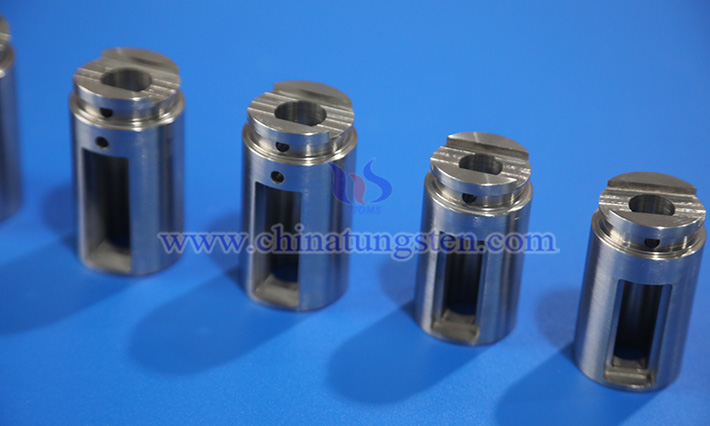
As a critical protective equipment in key fields such as the nuclear industry and medical radiation, the design and performance of tungsten alloy shielding cans are optimized around three core goals: efficient radiation shielding, stable and safe operation, and adaptability to complex scenarios, showcasing numerous unique advantages. Specifically, the key features of tungsten alloy shielding cans include the following:
Uses of Tungsten Alloy
- Details
- Category: Tungsten Information
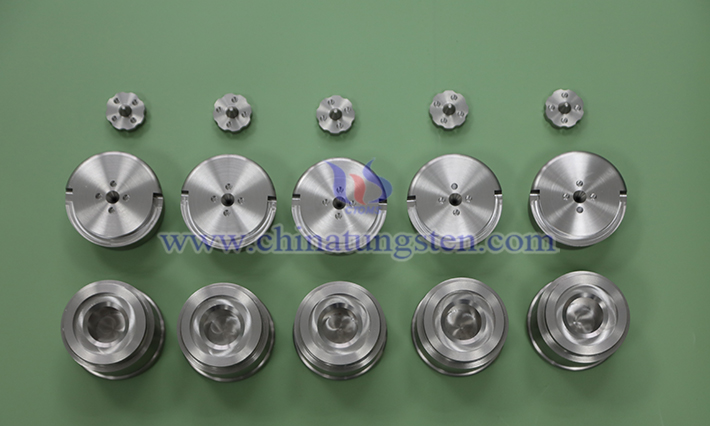
Tungsten alloy is an alloy material made with tungsten as the base, combined with elements such as nickel, iron, and copper. It combines high density, high strength, high-temperature resistance, and radiation resistance. Thanks to its unique physicochemical properties, this material is widely used and plays a significant role in military, aerospace, medical, industrial manufacturing, and other fields.
What Are Tungsten Alloy Blocks?
- Details
- Category: Tungsten Information

Tungsten alloy blocks are functional materials made by using tungsten as the base material, with the addition of metals such as nickel, iron, copper, or cobalt, processed through powder metallurgy techniques (including mixing, pressing, and sintering) into solid blocks. They are widely used across industrial, medical, and research fields.
Tungsten Alloy Shielding Cans: the "Protective Umbrella" for Radiation Protection
- Details
- Category: Tungsten Information
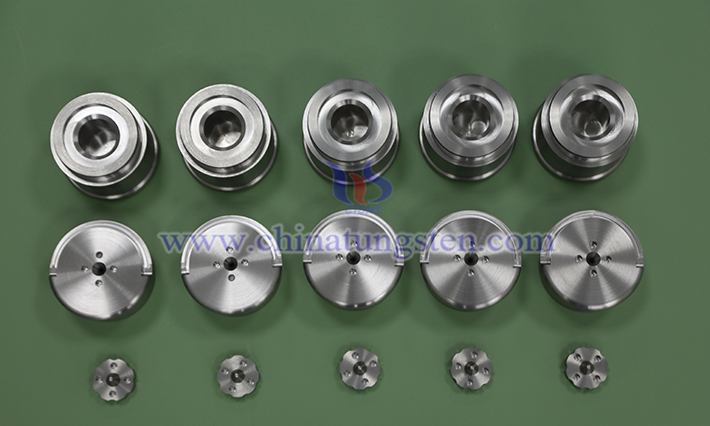
In modern society, radiation is nearly ubiquitous, emanating from hospital radiotherapy equipment, nuclear power plant operations, radioactive experiments in research institutions, and detection instruments in industrial production—all posing potential harm to human health and the environment. Prolonged exposure to excessive radiation can damage human cells and trigger various diseases. As a result, radiation protection has become a critical concern across multiple fields. Among the various radiation protection methods, tungsten alloy shielding cans have emerged as a "star product" due to their exceptional performance, providing a robust "protective shield" for society.
Heat-Storage Fiber with Cesium Tungsten Bronze
- Details
- Category: Tungsten Information
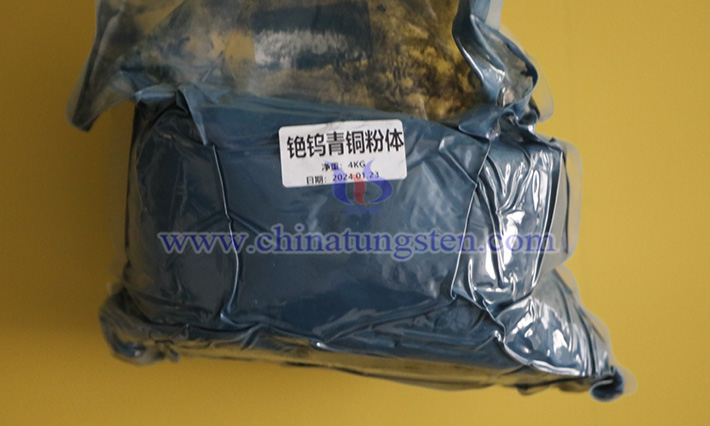
Beyond being a key raw material for transparent heat-insulating coatings, films, or glass, cesium tungsten bronze also serves as an important production material for heat-storage fibers, significantly enhancing the comprehensive performance of functional fibers.
Functional Fibers with Nano Cesium Tungsten Oxide
- Details
- Category: Tungsten Information
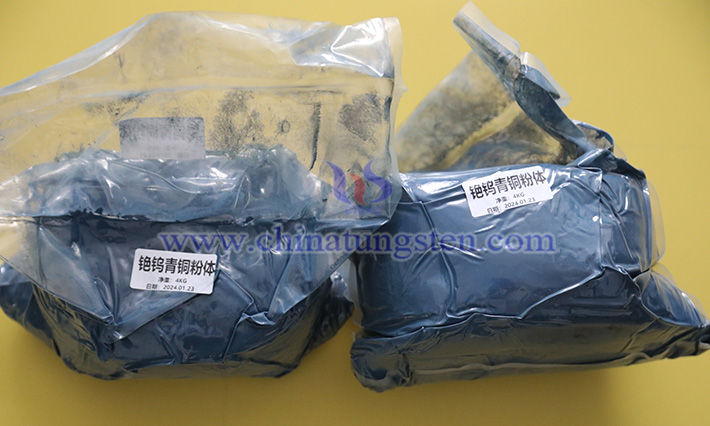
As one of the most typical functional fibers, heat-storage fibers can have an appropriate amount of nano cesium tungsten oxide powder added during production as a modifier to further enhance their heat-storage capabilities.
Applications of Tungsten Alloy Shielding Cans in the Nuclear Industry
- Details
- Category: Tungsten Information
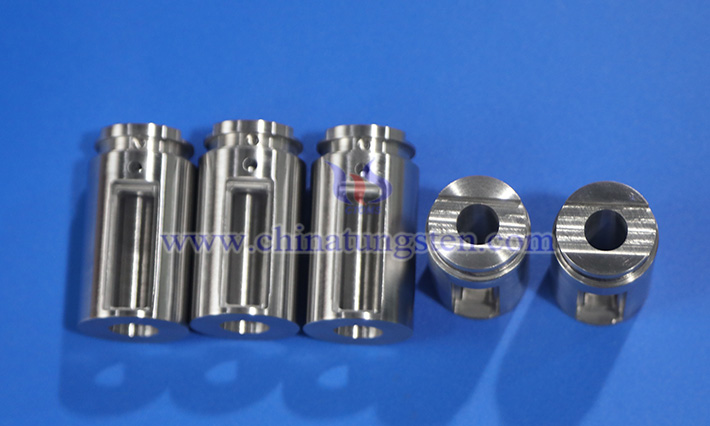
In the nuclear industry, tungsten alloy has a wide range of applications, including nuclear reactors, radioactive waste management, nuclear fuel transportation, and equipment shielding. With its high density, excellent radiation shielding efficiency, and stable mechanical properties, tungsten alloy shielding cans offer significant advantages over traditional shielding materials, emerging as an ideal alternative.
Applications of Tungsten Alloy Shielding Cans in the Medical Field
- Details
- Category: Tungsten Information
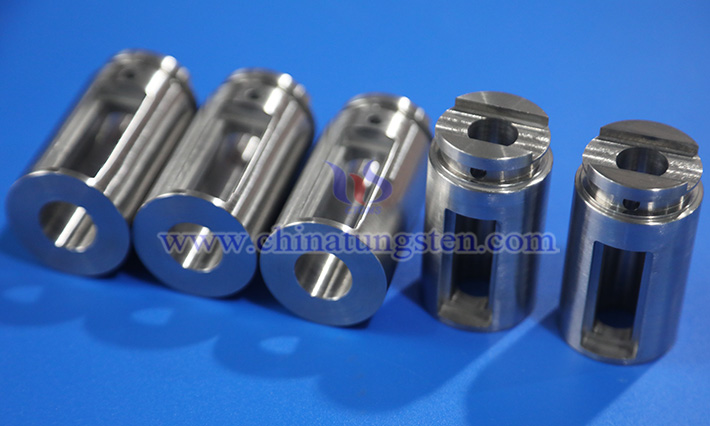
Tungsten alloy shielding cans, owing to their high density, excellent radiation shielding performance, and mechanical stability, have notable applications in the medical field. Particularly in nuclear medicine, radiotherapy, and medical equipment manufacturing, these cans enhance the safety and reliability of medical procedures with their efficient radiation protection and compact design.
Advantages and Disadvantages of Tungsten Alloy Shielding Can
- Details
- Category: Tungsten Information
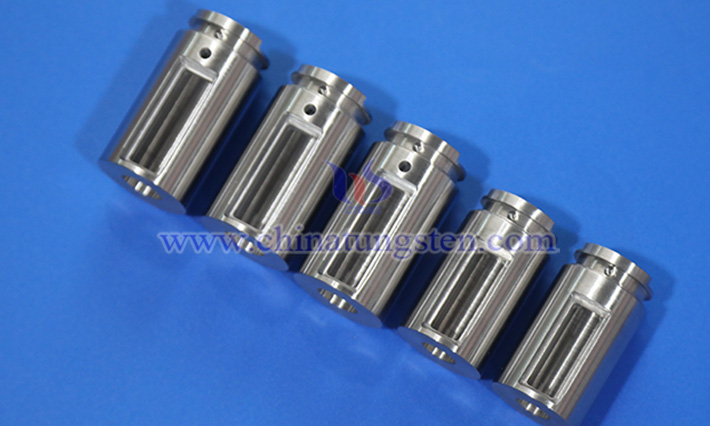
As a vital piece of equipment in the field of radioactive material protection, the tungsten alloy shielding can, with its unique material properties and structural design, is widely applied in nuclear energy, medical, and research fields.
Tungsten Alloy Shielding Can
- Details
- Category: Tungsten Information
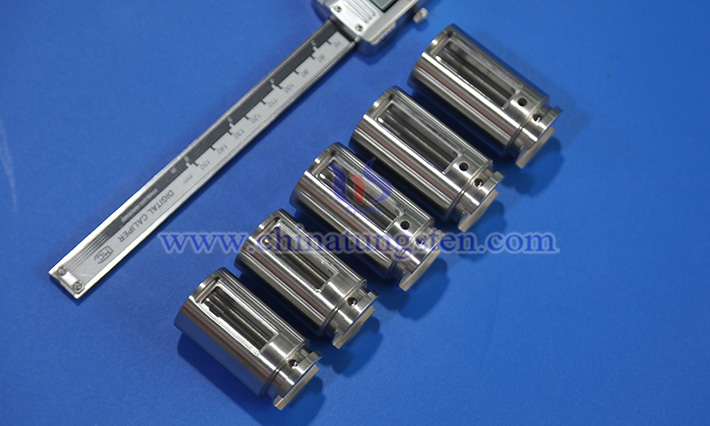
Tungsten alloy shielding can is a specialized protective container designed with high-density alloy materials to isolate and attenuate the radiation energy emitted by radioactive substances. It is widely used in nuclear energy, medical, and research fields. Its core value lies in the synergistic optimization of material properties and structural design, achieving efficient shielding of high-energy particles such as X-rays, gamma rays, and neutrons, while also ensuring operational safety, environmental adaptability, and long-term stability.




 sales@chinatungsten.com
sales@chinatungsten.com